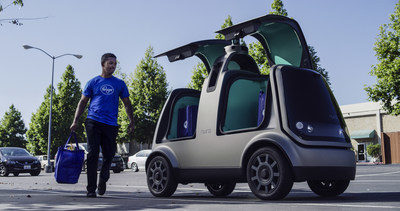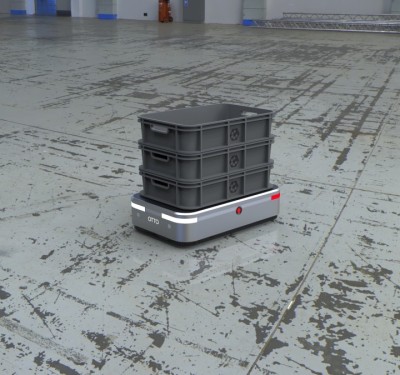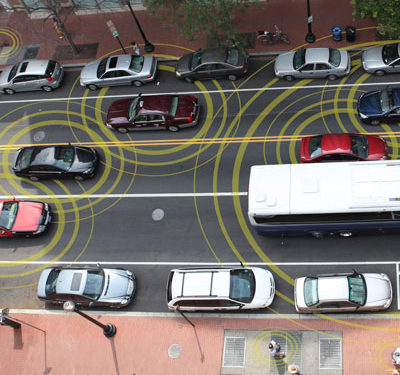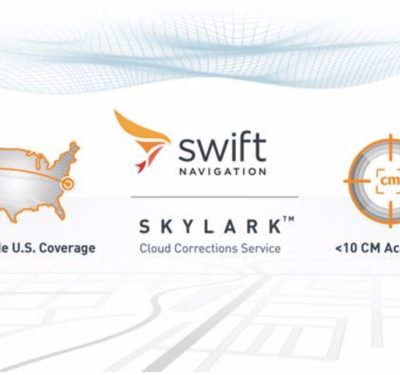With the launch of its Data Navigator tool and hundreds of ANYmal robots deployed worldwide, ANYbotics is shaping a future where autonomous machines do more than collect data—they make decisions, interact naturally with humans, and help industries operate safer, smarter and more efficiently.
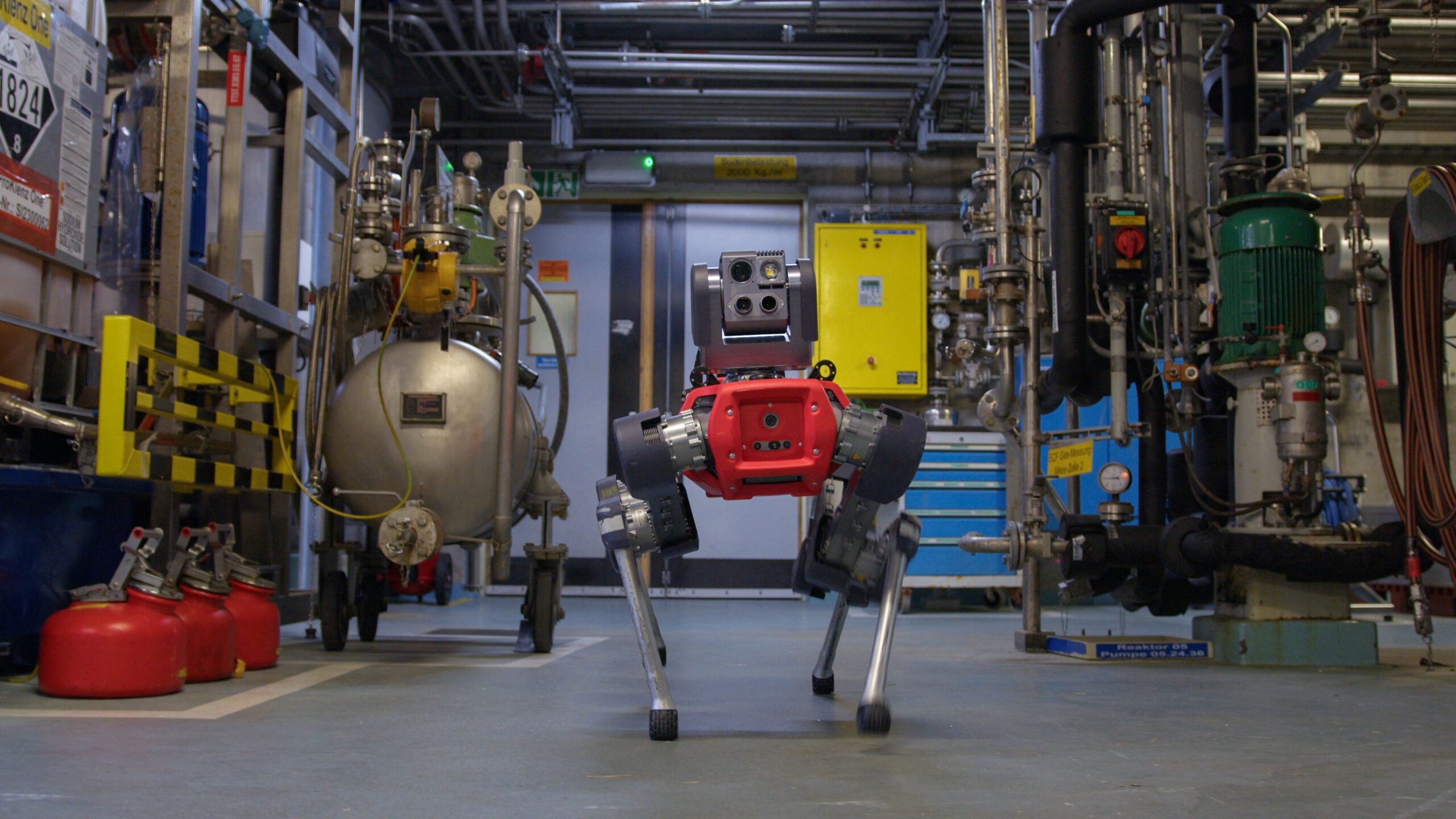
A MISSION BEYOND MOVEMENT
Péter Fankhauser, CEO and cofounder of ANYbotics, is quick to clarify that his company’s vision extends well beyond robotic mobility. “At our core, we’re a robotics company,” he said in an interview with Inside Unmanned Systems. “But we realized quickly that our customers don’t have a robot problem—they have a data problem.”
That realization led to the creation of Data Navigator, ANYbotics’ new asset intelligence platform designed to turn inspection data into actionable insights. The platform, launched in early 2025, enables companies in oil and gas, mining and heavy industry to analyze and act on the wealth of data collected by ANYmal robots.
“Not every industry is mature enough to integrate our robots into their IT stack through APIs,” Fankhauser explained. “Some of our customers were still living in Excel spreadsheets and chalkboards.” The company saw a clear opportunity: create a streamlined software layer that connects ANYmal’s autonomous data collection capabilities directly to asset condition monitoring and predictive maintenance.
“We’re not trying to compete with SAP. We’re filling the niche between robot and enterprise system—the layer that makes sense of what the robot sees.”

BRINGING PHYSICAL AI TO LIFE
As AI surges into mainstream enterprise applications, a new concept is emerging: physical AI—intelligence embodied in machines that can move through and act within the real world. For Fankhauser, this is the space where robotics can make the greatest impact. “There’s so much happening in the cloud,” he said. “But if it’s not connected to reality, then your digital twin is useless. A digital twin that doesn’t stay current might as well be a dead model.”
The challenge—and the opportunity—lies in autonomy that not only perceives the world but understands it well enough to take reliable, safety-critical actions. This means going beyond sporadic drone flyovers or handheld inspections. It means robots that are present, consistent and aware. “ANYmal can now collect high-frequency, repeatable, objective data from the field,” Fankhauser said. “And it can do it without human supervision—even in hazardous, GPS-denied, or fully air-gapped environments.”
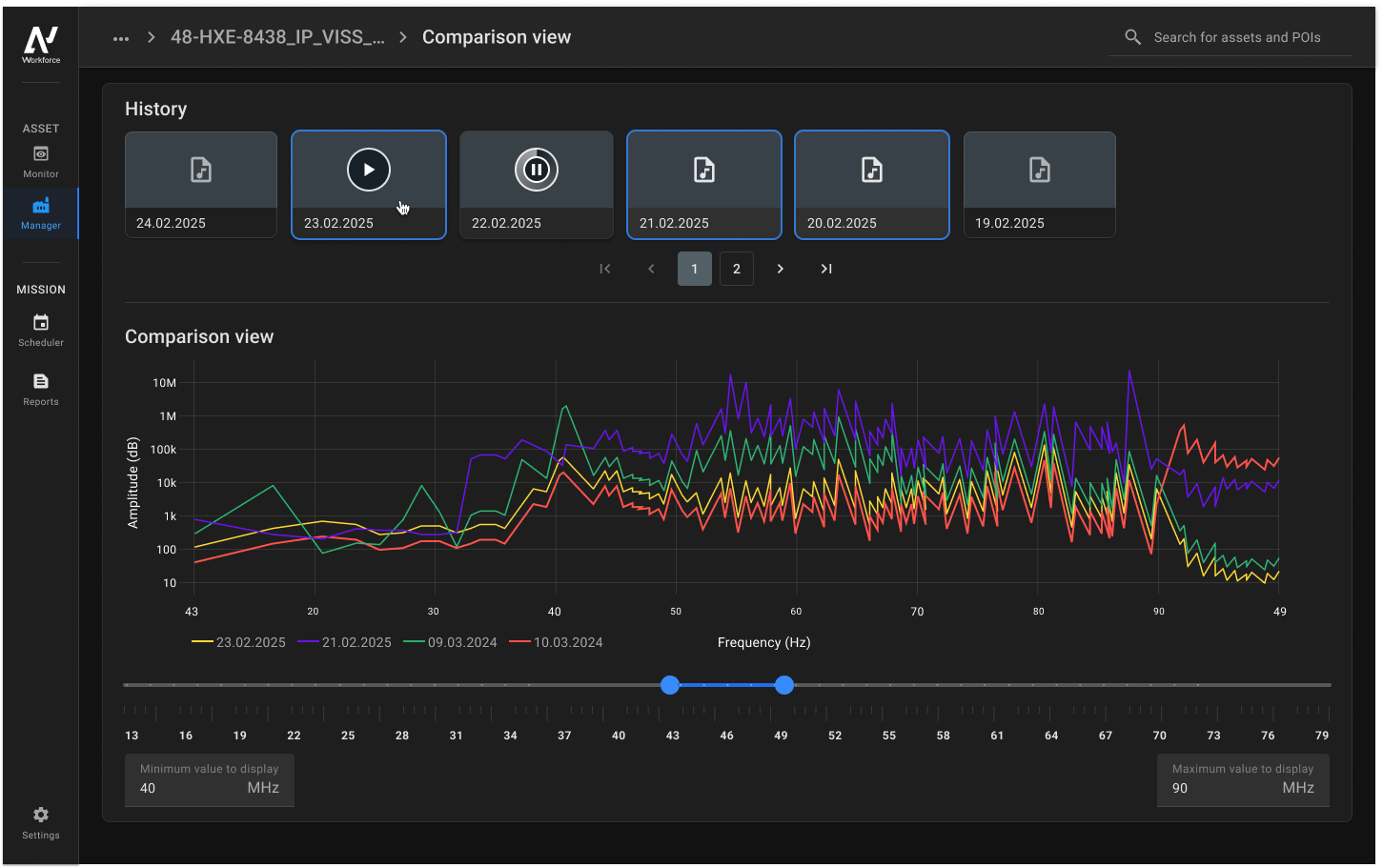
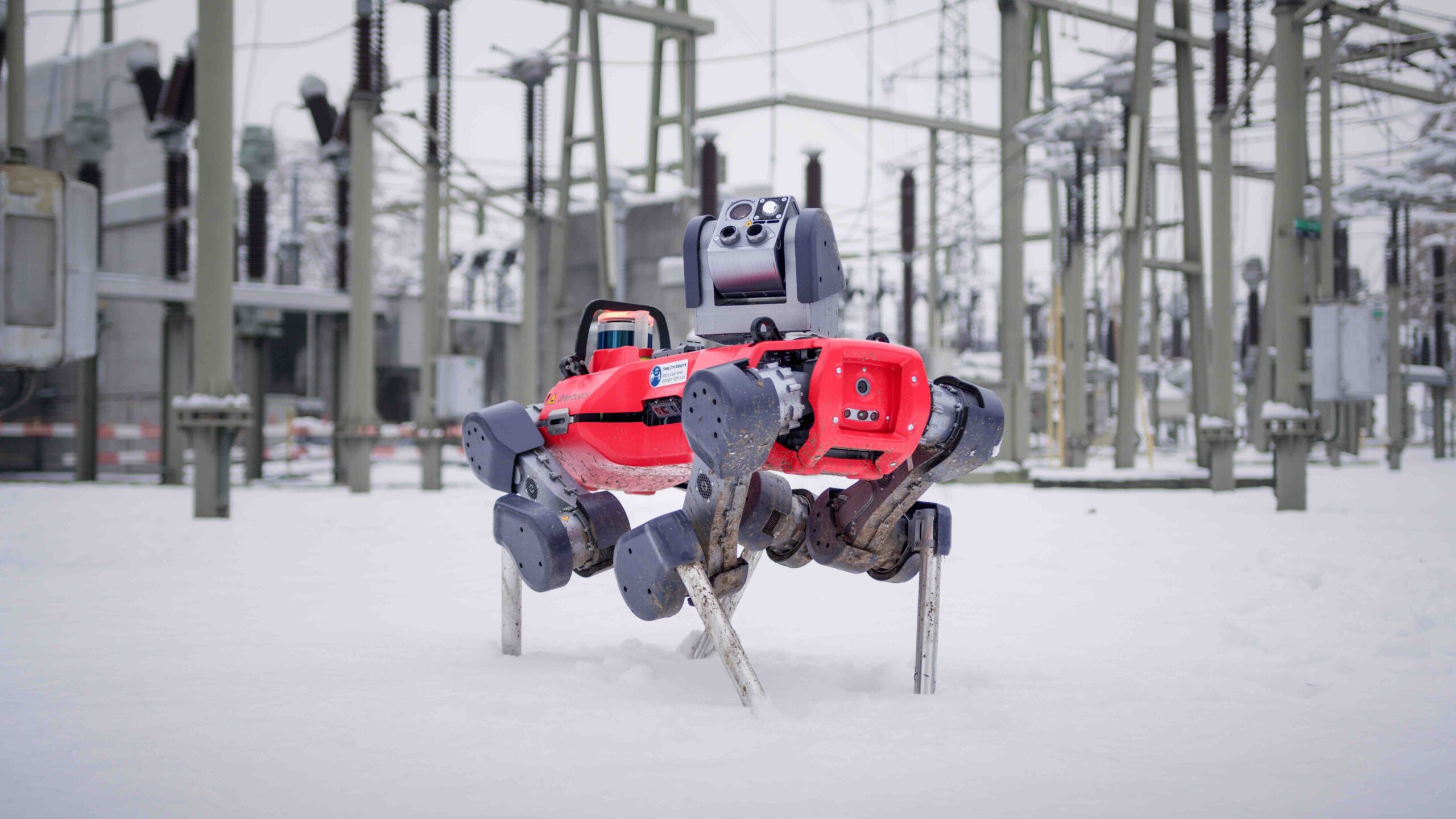
HOW ROBOTS LEARN TO WALK—AND THINK
The company’s breakthrough lies not only in its hardware, but in how its robots are trained. ANYmal’s locomotion is powered by deep reinforcement learning, a branch of AI that teaches robots through trial, error and reward-based simulation.
“We use massive parallel simulations—thousands of agents at once—to train our neural networks,” Fankhauser said. “In one hour of training, we can teach a robot to walk in ways that are robust, natural and safe.”
That training is then refined with real-world sensor data from deployed ANYmals. The company uses physics-based simulation tools like NVIDIA Isaac Gym, but also overlays them with learned actuator models—neural networks trained to replicate the behavior of motors, springs and electronics in the real world. “The sim-to-real gap is one of the biggest challenges in robotics. But we’ve solved that with tricks like inverse models and sensor noise modeling. What we train in simulation now works in reality.”
SENSORS, FUSION AND PERCEPTION
Each ANYmal robot is equipped with an array of sensors: depth cameras for terrain awareness, LiDAR for 3D mapping and payloads that can capture thermal, acoustic, gas and visual data.
This sensor data is fused and fed to neural networks that not only help the robot navigate but also interpret the environment—spotting anomalies, classifying objects and projecting pedestrian motion to ensure safe interaction.
The result? Robots that don’t just get from point A to B but understand why they’re there—and what they should be looking for.
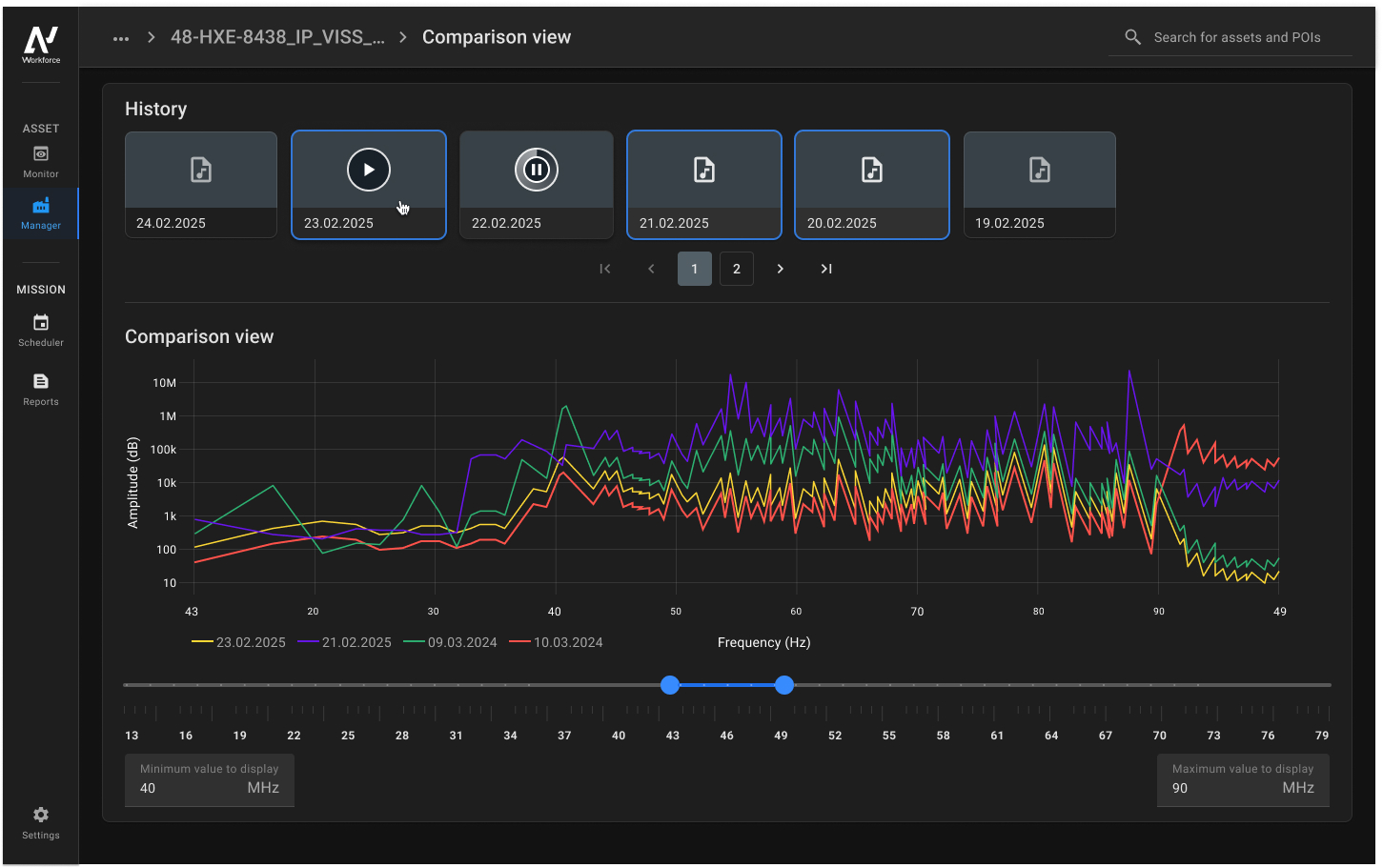
REAL-WORLD RESULTS: SAFETY, UPTIME AND ROI
ANYbotics has already piloted Data Navigator with major industrial players, logging more than 2,500 inspections in two weeks. The results were compelling.
In one case, a customer used ANYmal’s thermal imaging to monitor pumps three times a day—a task that would be impossible to perform manually. With the help of Data Navigator, the maintenance team could delay or skip unnecessary service intervals, projecting annual savings of €350,000.
“Nobody would ever do that by hand,” Fankhauser said. “Now they can let the robot check more often, and only take action when the data shows they need to.”
In another example, ANYmal was deployed in a high-voltage environment where human entry traditionally required system shutdowns, ventilation and protective equipment. With ANYmal, inspections could continue during live operation, reducing human exposure to hazardous conditions by 80%.
CYBERSECURITY AND DATA SOVEREIGNTY BY DESIGN
In industries like energy, chemicals and mining, cybersecurity isn’t a feature—it’s a baseline requirement. That’s why Data Navigator was built from the ground up with secure deployment options, including air-gapped on-premise installations that never touch the cloud.
“All the sensitive operational data—images, scans, environment maps—belongs to the customer,” Fankhauser emphasized. “Many of our users don’t want that data leaving their site. We support full on-premise, offline deployments to make that possible.”
At the same time, ANYbotics still collects robot-level data—such as motor usage, steps taken or mission logs—to improve performance across the fleet. “That data helps us train better models and improve reliability. But everything about the environment or facility stays with the customer. These safeguards weren’t an afterthought. Encryption, access controls, secure data flows—we built this architecture from day one knowing we were serving critical infrastructure.”
SAFETY PROTOCOLS AND HAZARD-READY DESIGN
The ANYmal robot is not just autonomous—it’s certified to operate in some of the world’s most demanding environments. With industries requiring compliance to a patchwork of safety standards, Fankhauser and his team have taken a conservative, layered approach.
“There are standards for machine safety, yes—CE, FCC, etc. But many of them weren’t written with mobile, autonomous stair-climbing robots in mind,” he said. “So, we had to innovate, especially with our newer platforms like ANYmal X, which is designed for explosive environments.”
The robot’s design minimizes heat, electrical noise and spark potential, all while maintaining mobility. “In oil and gas, you’re not even allowed to use a phone in some zones. We’ve built the world’s first explosion-proof legged robot platform—and the certification path was uncharted territory.”
TOWARD TRUE AUTONOMY: ROBOTS THAT COLLABORATE, NOT JUST REPEAT
Despite all the progress, Fankhauser is clear-eyed about where autonomy stands today. “Right now, a human still needs to guide the robot during setup—showing it where to go, what to inspect,” he said. “It’s like onboarding a new coworker. You walk it through the process the first time.”
Once configured, however, the robot can repeat its mission dozens of times per day without oversight. It maps its environment, avoids obstacles and reacts safely to change. If something unexpected occurs, it can pause, reroute or return to base.
But the future, Fankhauser said, is not about repetition—it’s about collaboration and contextual awareness.
“The goal is a robot that explores an unknown facility and then proposes what should be inspected—not just one that follows instructions.”
ANYbotics is working toward that reality. With more onboard computing power and contextual AI, robots will soon be able to analyze blueprints, respond to verbal instructions or learn from watching operators. “We want to move away from tablets and preprogrammed paths, toward robots that can be told what to do—and figure out how to do it safely.”
SIMULATION, GENERALIZATION AND EXPANDING USE CASES
To get there, simulation plays a key role. ANYbotics leverages large-scale, physics-based environments—often training thousands of simulated agents in parallel—to refine movement, perception and decision-making before deploying updates across the fleet.
But simulation alone isn’t enough. “We believe in real-world data,” Fankhauser said. “We’ve got 200 robots deployed now, and every one of them is helping us get better. They all learn from each other.”
This distributed learning enables rapid generalization. While ANYmal is currently focused on industrial inspection, the company has ambitions beyond.
“We’ve already seen customers ask, ‘Can it also push a button?’ ‘Can it flip a switch?’ That’s where manipulation comes in,” he said. “Imagine extending our platform with an arm, or building variants for confined spaces, like magnetic-crawling pipe bots.”
Rather than designing one robot for every task, ANYbotics is planning a modular portfolio of specialized robotic co-workers, all connected through shared autonomy software and the Data Navigator platform.
ETHICS, TRUST AND RESPONSIBLE AI IN THE FIELD
As robotic systems become more capable, so do concerns about their potential misuse—a topic Fankhauser doesn’t shy away from. “It’s in our company charter that these robots are tools to keep people safe, not to harm.”
ANYbotics enforces strict legal frameworks for ownership and resale, and every robot is traceable to its customer and application. “You can’t buy these off a web shop,” Fankhauser said. “We know where every unit is and what it’s being used for.”
The company is also actively contributing to evolving conversations around AI transparency, trust and certification.
“Trust in AI is still a frontier,” he said. “We’re pursuing certifications that show our models are interpretable and safe—because as autonomy grows, so does our responsibility.”
THE ROAD AHEAD: FROM AUTONOMY TO DEMOCRATIZATION
Looking forward, Fankhauser sees a future where autonomous robots are not just accepted—they’re expected.
“The magic moment is when a robot walks through your facility and just gets it—understands the space, the tasks, the people,” he said. “We’re heading there fast.”
That evolution will also transform the hardware itself. As AI grows more powerful, robots can become simpler, cheaper and more adaptable.
“AI is eating the cost of hardware,” he said. “It lets us use lower-cost sensors, fewer parts and still achieve high performance—because intelligence makes up the difference.”
And as large language models, vision models and spatial understanding converge, so too will the interfaces. “One day, you won’t need to program a robot. You’ll just talk to it.”
A CO-WORKER, NOT JUST A MACHINE
ANYbotics’ vision is not of a robot that replaces human workers—but one that augments them, takes on the repetitive and dangerous work and grows smarter with each mission.
“We’re not building gadgets,” Fankhauser said. “We’re building coworkers—robotic teammates that can be trusted to operate on their own, in the real world, doing real work.”
As industries look to maintain aging infrastructure, confront labor shortages, and embrace automation, it’s becoming clear that the era of physical AI has arrived. With ANYmal and Data Navigator, ANYbotics is helping lead the way—toward a future where autonomy isn’t just possible, but productive, safe and profoundly human-aware.


